25% OFF
Singapore Cherry, Muntigia Calabura – Plant
₹599.00
- Live plant along with 6-inch Plastic pot.
- Plant height 12-18 inches with 6″ inches pot.
- Plants nature is outdoor grow like trees, with low water requirements.
- Starts fruiting within 2 years, Grown from seeds/cutting/layering.
- Best fruit plant, easy maintenance, fast-growing.
16 in stock
Description
Singapore Cherry, Muntigia Calabura – Plant
Muntingia calabura, commonly known as the Singapore cherry, is a small to medium-sized tree that is native to Central and South America but has now spread throughout the tropics. It belongs to the family Muntingiaceae.
In addition to its medicinal properties, the tree is also valued for its timber, which is used for making furniture, boxes, and crates. The wood is hard and durable and has a light yellowish-brown color.
The tree was introduced to Singapore in the early 1900s as an ornamental plant, and it quickly became popular due to its attractive white flowers and edible red fruit. It is now commonly found throughout the country, especially in parks and gardens.
Despite its popularity, the Singapore cherry is considered an invasive species in some countries, as it can quickly spread and outcompete native vegetation. As a result, it is sometimes referred to as a “weed tree.
- The tree is small, white flowers that bloom year-round with bright red, cherry-like fruits.
- the leaves, bark, and fruit of the tree have long been used in traditional medicine to treat a variety of ailments.
- An evergreen tree that typically grows to a height of 5-12 meters.
- It grows best in warm, humid climates with temperatures between 20-35°C.
Singapore Cherry – Features and Care
Muntingia calabura, also known as Singapore cherry or Jamaican cherry, is a versatile tree with various features and care.
Features:
- Muntingia calabura is a fast-growing tree that can reach up to 15 meters in height in the wild, although it is usually smaller when cultivated.
- It has a spreading canopy of light green leaves that provides shade and shelter for wildlife.
- The tree produces small, white flowers that bloom year-round and are followed by bright red, cherry-like fruits that are edible and sweet when ripe.
- Muntingia calabura is a hardy plant that is resistant to pests and diseases
Care:-
- Watering: Muntingia calabura requires regular watering, particularly during the hot and dry seasons. However, it is important not to overwater the tree as it can lead to root rot.
- Soil: The tree prefers well-draining soil that is rich in organic matter. A soil pH range of 6.0 to 7.5 is ideal for optimal growth.
- Fertilizer: The tree benefits from regular fertilization, particularly during its growing season. A balanced fertilizer with equal amounts of nitrogen, phosphorus, and potassium is recommended.
- Pruning: Muntingia calabura requires minimal pruning to maintain its shape and size. Remove any dead or diseased branches as soon as possible to prevent further damage to the tree.
- Sunlight: The tree prefers full sun but can also tolerate partial shade. It is important to ensure that the tree receives adequate sunlight for healthy growth and fruit production.
- Pests and diseases: Muntingia calabura is generally resistant to pests and diseases. However, it can be susceptible to some fungal infections, particularly in humid conditions. Regular inspection of the tree can help prevent any potential problems.
- Propagation: Muntingia calabura can be propagated through seeds or cuttings. Seed propagation is the easiest method, but it can take several years for the tree to produce fruit. Cuttings can be rooted in a moist soil mixture, and they will usually start to produce new growth within a few weeks.
Uses of Singapore cherry or (Jamaican cherry)
Muntingia calabura, also known as Singapore cherry or Jamaican cherry, has various uses.
- Food: The fruit of Muntingia calabura is edible and can be eaten raw or used in jams, jellies, and other food products. The fruit is high in vitamin C and antioxidants, making it a popular health food.
- Traditional medicine: The leaves, bark, and fruit of Muntingia calabura have long been used in traditional medicine to treat a variety of ailments, including diarrhea, dysentery, and fever. The plant contains several bioactive compounds that have demonstrated antibacterial, anti-inflammatory, and antioxidant properties in scientific studies.
- Timber: The wood of Muntingia calabura is hard and durable and is used for making furniture, boxes, and crates.
- Ornamental value: Muntingia calabura is also valued for its ornamental value, with its attractive white flowers and colorful fruits making it a popular landscaping plant in tropical regions.
- Environmental benefits: The tree has environmental benefits, as it can help prevent soil erosion and provide shade and shelter for wildlife.
- Beekeeping: The nectar produced by the flowers of Muntingia calabura is attractive to bees, making it a useful plant for beekeeping.
- Insect repellent: The leaves of Muntingia calabura are sometimes used as a natural insect repellent, as they contain compounds that are believed to repel mosquitoes and other insects.
Additional information
| Weight | 1 kg |
|---|---|
| Dimensions | 15 × 15 × 50 cm |
| Size | 6 inch |
You may also like…
Reviews (0)
You must be logged in to post a review.

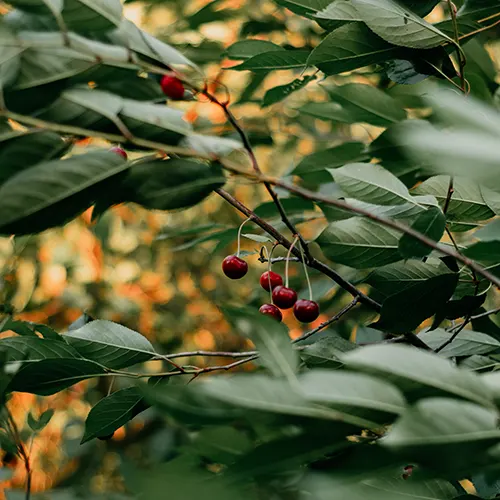
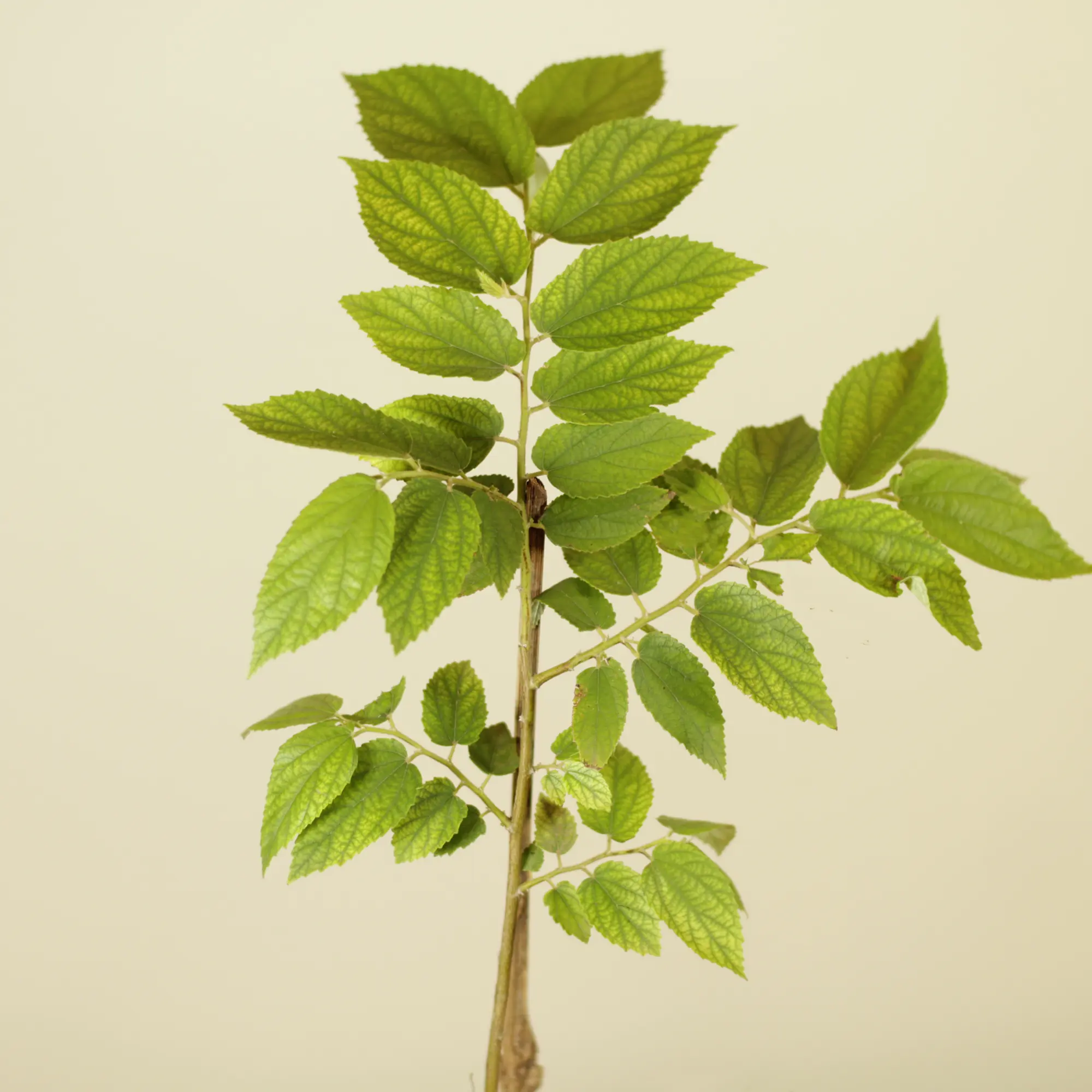
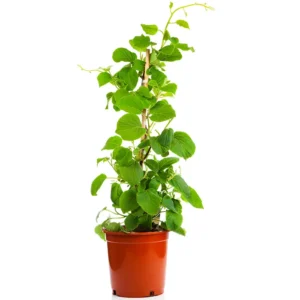
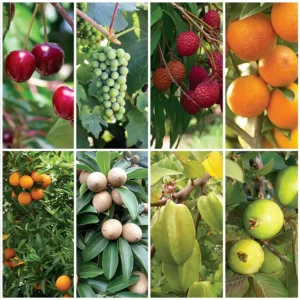
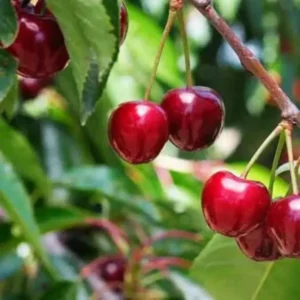
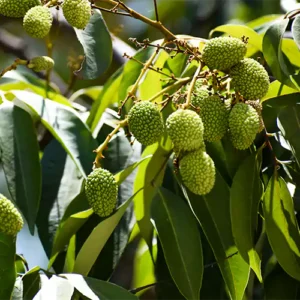
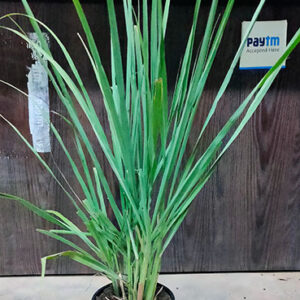
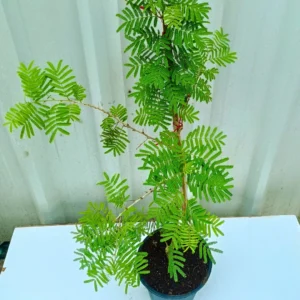
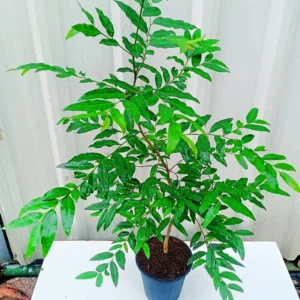
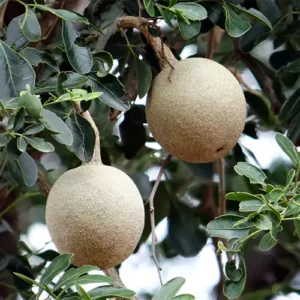
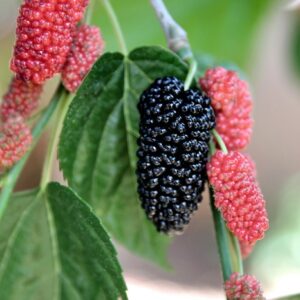
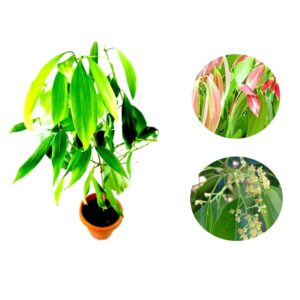
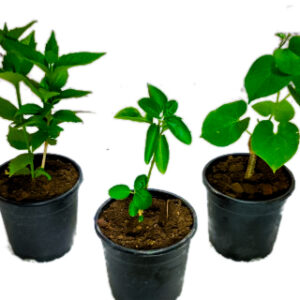
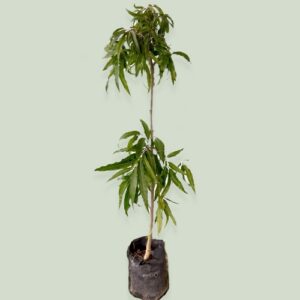
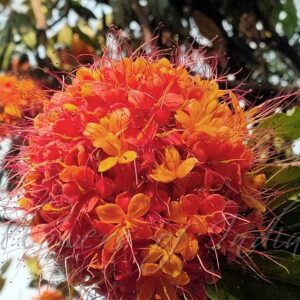
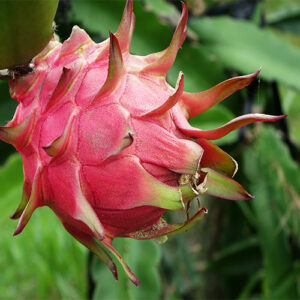
Reviews
There are no reviews yet.